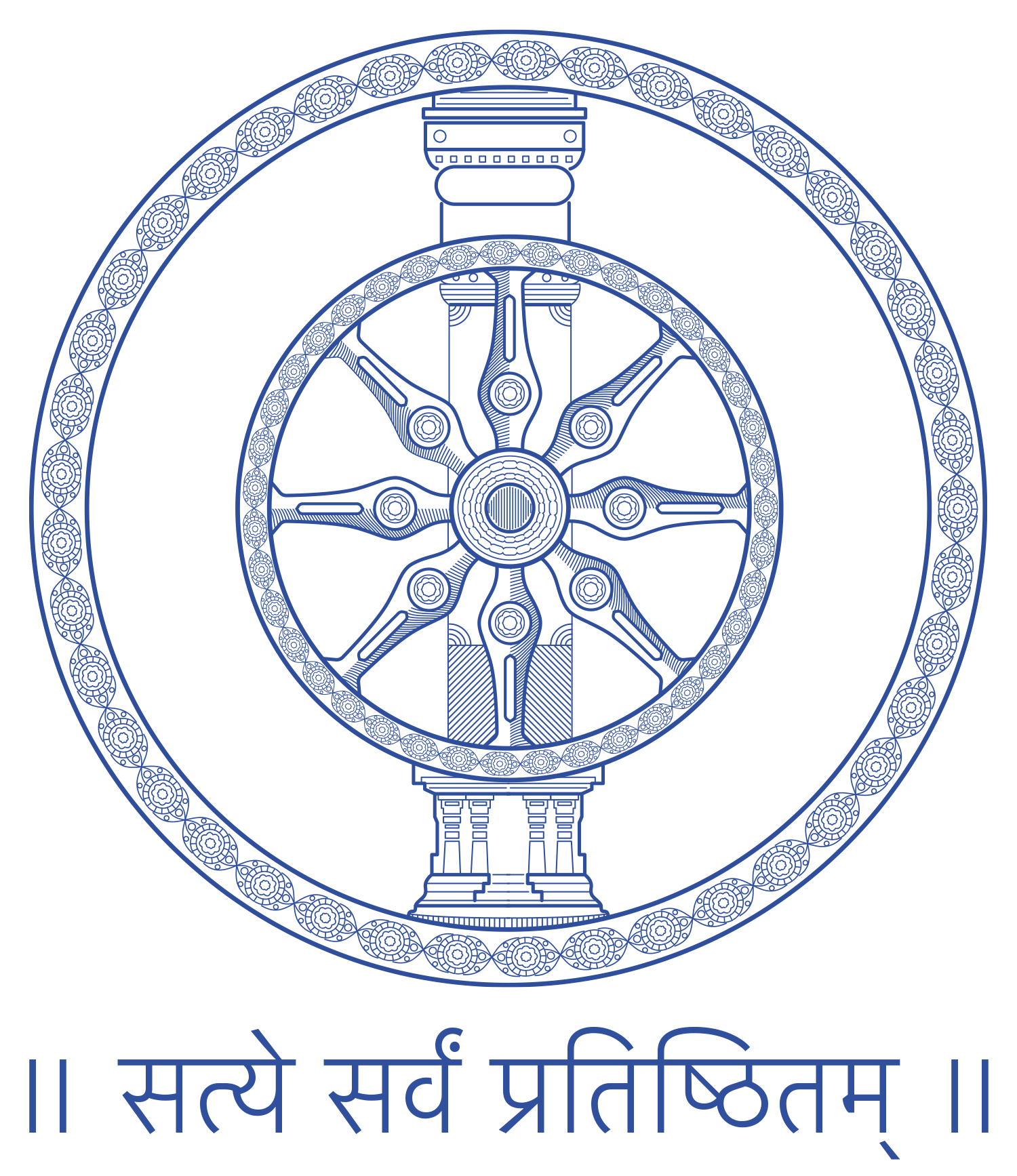The dispute resolution process, particularly in the ADR context, is no longer ad hoc or informal. Instead, it is governed by procedure, driven by neutrality, and, in many cases, executed through digital infrastructure that ensures scale and standardisation. Below is a step-by-step breakdown of how this process unfolds — from the moment a dispute is identified to the eventual enforcement of its outcome.
1. The Trigger: Invoking the Dispute Resolution Clause
Every structured dispute begins with a contract — more precisely, with a dispute resolution clause embedded in that contract. Modern commercial agreements, loan contracts, service-level agreements, and even personal contracts frequently include clauses that mandate arbitration or conciliation in the event of a dispute. This clause acts as a pre-agreed roadmap, empowering either party to initiate proceedings when a breach or disagreement arises. The first formal step is typically the issuance of a notice of dispute or a notice of invocation, which calls upon the other party to honour the dispute resolution mechanism previously agreed upon.
Legal basis for this is found in Section 21 of the Arbitration and Conciliation Act, 1996, which states that arbitration proceedings are deemed to commence when the respondent receives such a request, unless otherwise agreed.
2. Appointment of Arbitrator or Conciliator
Following invocation, the next step involves the appointment of a neutral — an arbitrator in the case of arbitration or a conciliator in conciliation. The number of arbitrators is often determined by the agreement itself. Failing consensus between parties, the statute provides fallback mechanisms. For example, Section 11 of the Arbitration Act empowers courts to intervene in appointing arbitrators when parties fail to do so within the prescribed timeline. In conciliation, the conciliator is often a single individual chosen jointly.
The neutrality, impartiality, and independence of the appointed third party are critical. The Fifth and Seventh Schedules of the Act provide exhaustive grounds for challenge and disclosure to preserve the sanctity of this neutrality.
3. Defining the Framework: Rules, Language, and Timelines
With the neutral appointed, parties collaboratively define the process: which procedural rules will apply (institutional rules or ad hoc), what language will be used (particularly in cross-border disputes), the venue (physical or virtual), and the timeframe. Though the Act does not mandate timelines in ad hoc arbitration, Section 29A stipulates that an award should be made within 12 months from the date of completion of pleadings, extendable by six months with mutual consent.
In online dispute resolution (ODR) environments, platforms play an active role in systematising these procedural aspects — offering pre-designed workflows, document authentication tools, and milestone tracking.
4. Submission of Claims, Defence, and Evidence
The dispute then moves into the pleadings phase. The claimant presents a statement of claim along with evidence, contractual documents, invoices, and other supporting material. The respondent submits a statement of defence and may file counterclaims if applicable. In arbitration, these submissions are typically followed by the exchange of rejoinders, clarifications, and expert reports, where necessary.
Though not bound by the Indian Evidence Act, 1872, arbitral proceedings maintain standards of relevance, materiality, and procedural fairness. The principles of natural justice — audi alteram partem (hear the other side) — are sacrosanct.
5. Hearings or Facilitated Negotiations
Depending on the complexity of the dispute, parties may participate in oral hearings — conducted physically or via secure digital platforms. Arbitrators may allow examination and cross-examination of witnesses, expert testimonies, and closing arguments. The hearing is not bound by the strict rules of procedure seen in courts but remains judicial in nature.
In contrast, conciliation avoids adversarial hearings. It involves a series of facilitated negotiations where the conciliator encourages parties to collaboratively reach a solution. Under Sections 65 to 73 of the Act, the conciliator is free to suggest settlement terms and shuttle between parties if needed.
6. Outcome: Award or Settlement Agreement
Upon completion of the hearing or negotiations, the arbitrator renders a reasoned award. This award is binding and final, carrying the weight of a civil court decree under Section 36 of the Act. It is enforceable across jurisdictions in India, and in foreign-seated arbitrations, through the New York Convention, provided the country is a signatory.
Conciliation, once successful, concludes with a settlement agreement under Section 73. This agreement is as binding as a contract and, under certain circumstances, can be submitted to court for a consent decree.
7. Enforcement and Closure
The value of any dispute resolution lies in its enforceability. In arbitration, parties may enforce awards directly through the execution courts. If the award is challenged under Section 34, enforcement is stayed until adjudication. However, frivolous challenges are discouraged through the imposition of costs and the requirement of pre-deposit in some jurisdictions.
In conciliation, enforcement usually flows from contractual obligations. Non-compliance can lead to a civil suit for breach, although such instances are rare when parties have agreed in good faith.
The Role of Platforms in Modern ADR
As ADR evolves, digital platforms are becoming instrumental in simplifying access, particularly for MSMEs, lenders, and geographically separated parties. These platforms offer structured case flow management, secure document exchange, AI-enabled scheduling, and virtual hearing support.
PrivateCourt, as one such neutral ADR platform, facilitates digital arbitration and conciliation without acting as an arbitral institution. It enables dispute resolution through a tech-driven, user-friendly interface that respects legal rigour and procedural neutrality, especially suited for financial institutions and contractual disputes.
Final Word:
Understanding the dispute resolution process isn’t just about legal compliance — it’s about protecting interests, safeguarding relationships, and ensuring that conflicts do not become catastrophes. A structured process, backed by legal mandate and supported by modern infrastructure, offers parties a pathway that is both efficient and enforceable.
keywords: dispute resolution process, alternative dispute resolution, arbitration, conciliation, ADR methods, online dispute resolution, legal dispute in India, enforceable arbitration award

